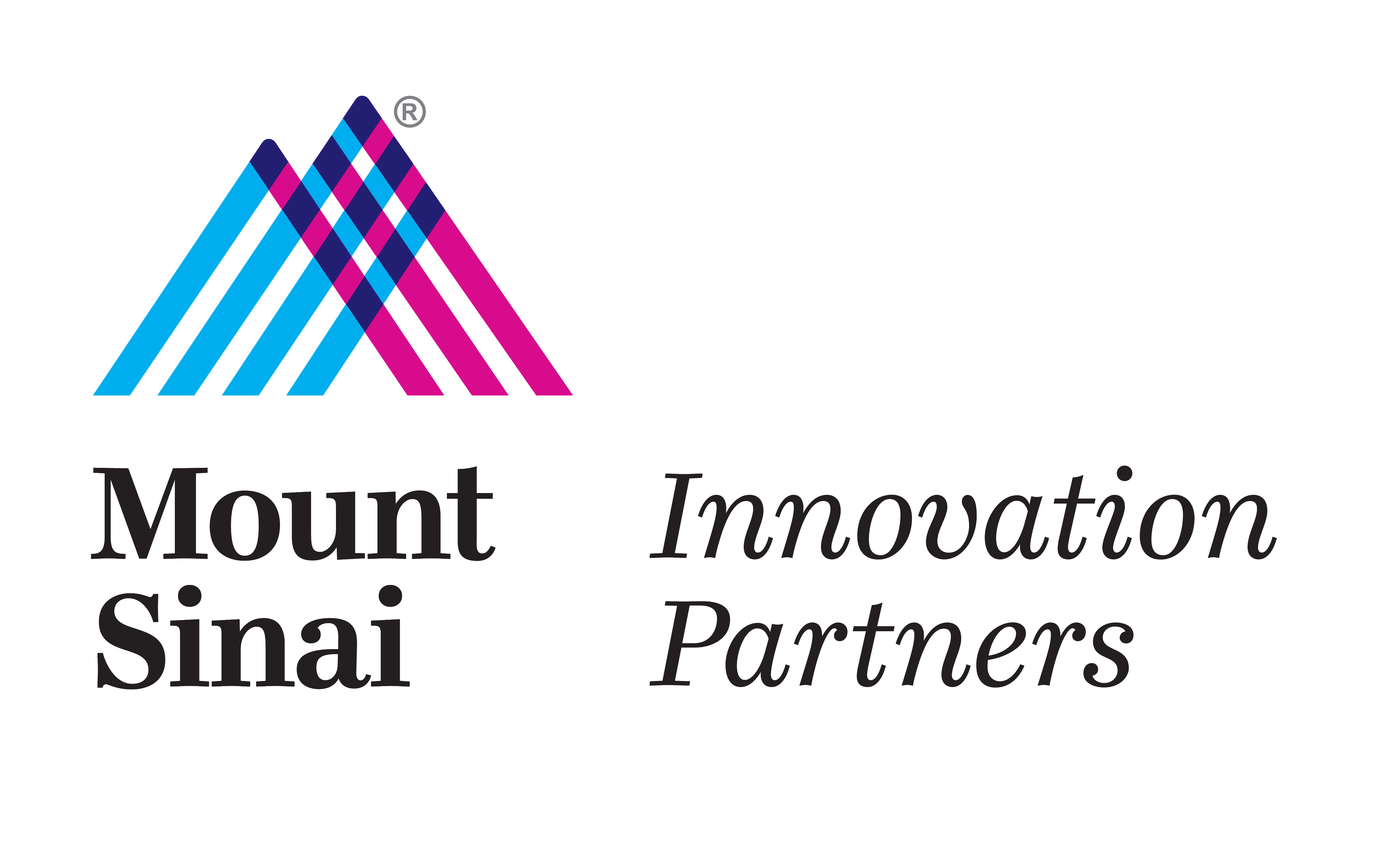HYBRID FUSION PROTEIN TRANSCRIPTION REGULATOR – A NOVEL ANTIVIRAL THERAPY
September 21, 2015Background: Two families of transcriptional regulators, members of the “signal transducers and activators of transcription” (STAT) and “interferon regulatory factor” (IRF) families, work in conjunction to establish a cascade of gene regulation and signal transduction events that lead to transcriptional activation of interferon-stimulated genes (ISGs). Proteins encoded by such ISGs have potent antiviral properties, which include disruption of the viral replicative life cycle, blockage of cell cycle progression, and apoptosis.
Researchers at the Icahn School of Medicine at Mount Sinai have made novel fusion proteins that induce interferon expression for use as an antiviral treatment. More specifically, one part of the protein has a component which acts as an IRF, e.g., a DNA binding domain and another component which is a transcriptional activation domain (TAD). Preferably, the TAD is a STAT2 transcriptional activation domain. However, the TAD can also be a transcriptional activation domain isolated from a protein possessing a TAD, such as a viral protein, e.g., VP16 of Herpes Simplex Virus. The effectiveness of these proteins as antivirals has been validated in cell models.
Current Development Status
- Validation in cell models
Applications
- Novel treatments for viral infections
- Potential treatment for cancer
Advantages
- Mechanism bypasses the strategy of virus to block the action of interferons
Publications
- Krause, T.A. “A Hybrid IRF9-STAT2 Protein Recapitulates Interferon-stimulated Gene Expression and Antiviral Response”, J. Bio Chem 2003, 278(15), 13033-8
Patent Status
- US Patent 7,638,304 (issued)
Contact
William Chiang, PhD
Business Development Director
Mount Sinai Innovation Partners | Icahn School of Medicine at Mount Sinai
Phone: 646.605.7309

